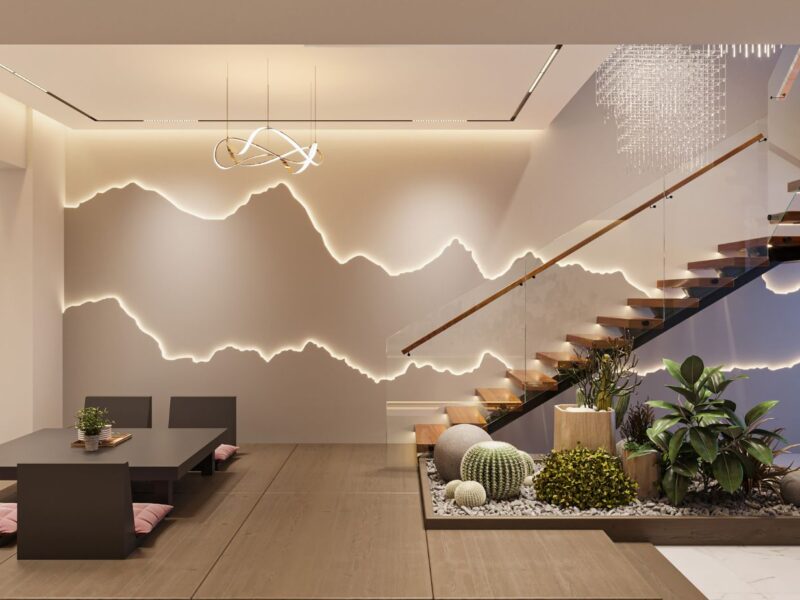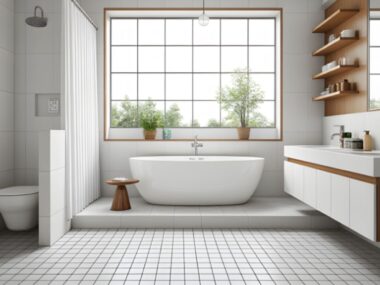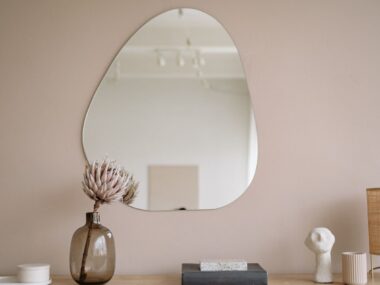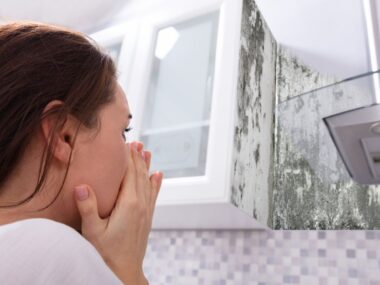Lighting is a crucial element of interior design. It highlights a room’s style and creates the right atmosphere, whether calming or energizing. Let’s find out how proper lighting can enhance not only the interior but also your mood.
Why Thoughtful Lighting Is Important
The human body thrives on natural daylight. Its absence negatively impacts both physical and mental health, leading to fatigue, poor vision, and constant discomfort. Insufficient lighting can cause headaches and increase anxiety, even if you do something fun, for example, play slots at Hell Spin Casino or watch movies. On the other hand, properly chosen lighting can aid in combating serious conditions. For instance, depression is often treated using light therapy.
Evolutionarily, we’ve developed certain responses to light and darkness. For example, we instinctively choose well-lit paths over dim ones because our eyes adapt to light faster than darkness. However, sitting or standing feels cozier in the shade near a lit area, as it triggers a sense of safety.
The main goal of artificial lighting in interiors is to align with our natural circadian rhythms, providing the “right” light at the right time.
Warm vs. Cool Light: What’s Better?
Light is a form of electromagnetic radiation visible to the human eye, consisting of waves of varying intensity or color temperature. The higher the temperature, the cooler the light, and vice versa.
Artificial light sources are generally divided into three categories: warm, neutral, and cool. Warm light appears yellow to the human eye, while cool light looks white. These characteristics are typically noted on lightbulb packaging.
It’s a misconception that warm light is always positive and cool light negative (or the reverse). The best choice depends on the situation. The only universally harmful factor is flickering (light pulsations).
For artificial lighting, the approximate temperature ranges are:
- Warm: 2700-3200 K
- Neutral: 3200-4500 K
- Cool: 4500 K and above
How Light Affects Us
We often view lighting as a design feature, underestimating its significant impact on our health and emotions.
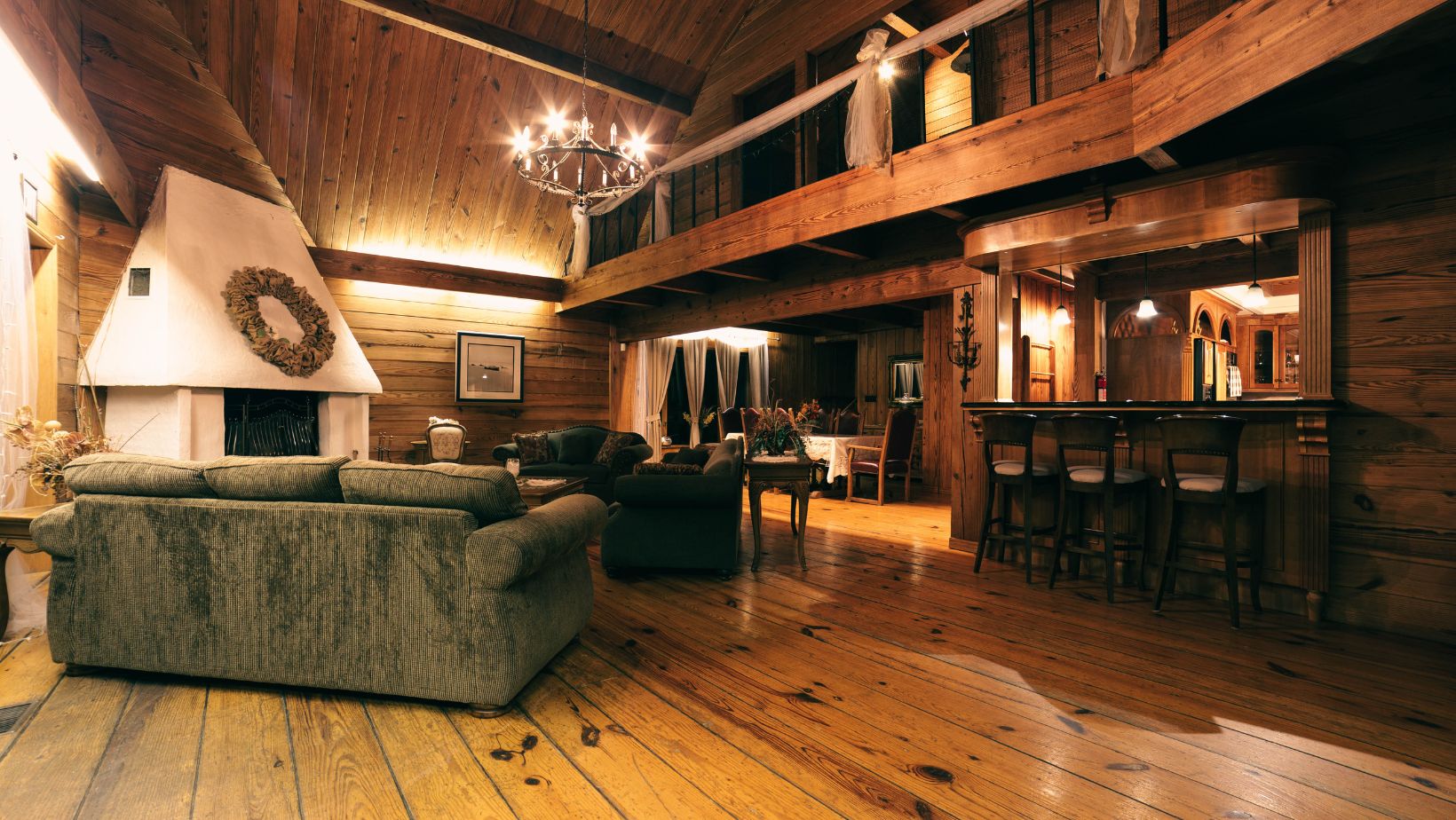
German designer Ingo Maurer famously said, “Light is a feeling, and the feeling must be right. Poor lighting makes people unhappy.”
To set up lighting correctly, keep in mind two key principles:
- Cool (white) light stimulates serotonin production (the activity hormone), boosting focus and productivity.
- Warm (yellow) light encourages melatonin production (the sleep hormone), promoting relaxation and rest.
Properly arranged lighting can also trigger dopamine release — the “happiness hormone” — which directly improves energy and mood levels.
Choosing Lighting for Different Rooms
Living Room: Versatile Options
The living room often serves multiple purposes: a space for celebrations, a home theater, a quiet retreat, or even a bedroom. Lighting should adapt to these needs.
The best range for living rooms is between warm and neutral tones (2800-3200 K). A dimmer is an ideal addition to adjust brightness as required.
Bedroom: Warm and Relaxing
In the bedroom, the warmer, the better. Soft, warm lighting helps prepare the mind and body for rest. Use bedside lamps or wall sconces with slightly cooler light (but no higher than 3000 K) for brief, relaxing reading.
Cooler lighting can be used inside wardrobes for practicality, such as spotlights or LEDs to quickly find clothes or accessories.
Kitchen: Neutral and Functional
The kitchen needs bright, non-glaring light. Like the living room, it often has multiple purposes, so combining lighting sources is key.
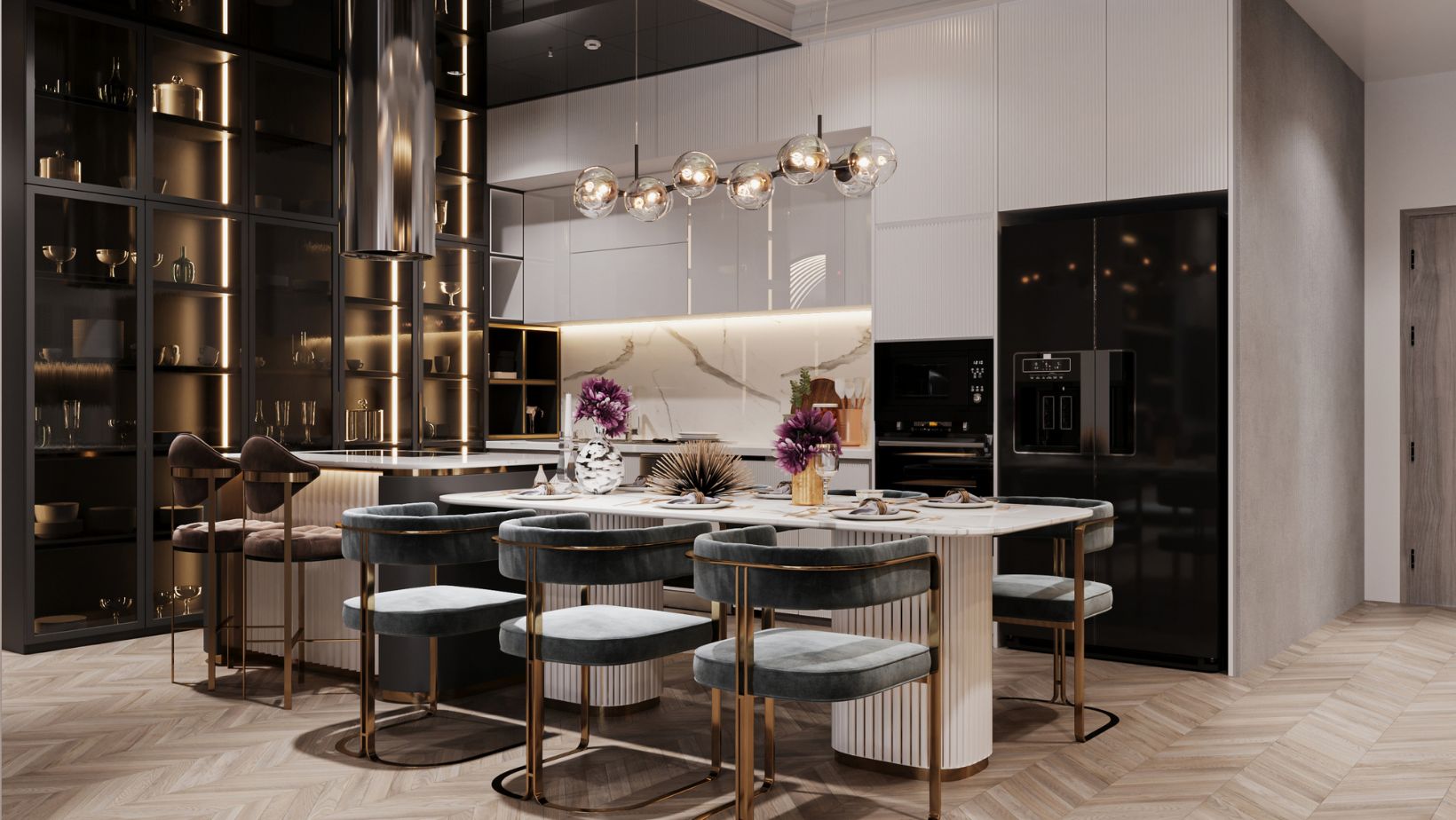
The brightest light should illuminate the work area. While it doesn’t need to be cool, it should be sufficiently powerful. For general lighting, a neutral tone closer to cool (2700-4000 K) works well.
Bathroom: Leaning Cool
To emphasize a bathroom’s cleanliness, opt for neutral light with a slight coolness (4000-4500 K). For mirrors, choose even brighter lighting.
